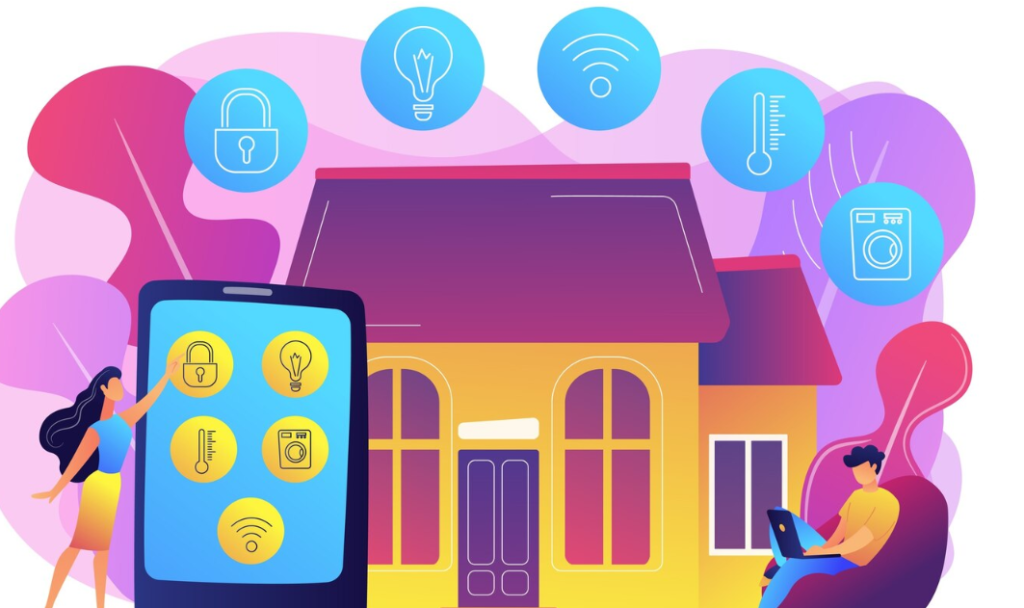Introduction
The gaming industry has undergone a dramatic transformation over the past few decades. From the days of CD-ROMs and physical cartridges to the era of digital downloads and cloud gaming, the way we access and play games has evolved significantly. This article explores the key milestones in gaming technology and how they have shaped the modern gaming experience.
The Era of Physical Media
CD-ROMs and Cartridges (1980s-2000s)
In the early days of gaming, physical media was the standard. Gamers relied on CDs, DVDs, and cartridges to play their favorite titles. Some key features of this era included:
- CD-ROMs and DVDs – Provided better storage capacity than floppy disks, allowing for richer graphics and audio.
- Cartridges – Used by consoles like the Nintendo 64, offering faster load times but limited storage.
- Ownership – Players had full ownership of their games with no reliance on internet connectivity.
The Rise of Digital Distribution (2000s-2010s)
With the rise of broadband internet, digital distribution platforms like Steam (2003), PlayStation Store, and Xbox Live changed how gamers acquired their games. This shift offered several advantages:
- Instant access – No need for physical discs; games could be downloaded directly.
- Frequent updates – Developers could patch games after release, improving gameplay and fixing bugs.
- More storage required – Gamers had to upgrade hard drives to store large game files.
The Emergence of Cloud Gaming
What is Cloud Gaming?
Cloud gaming eliminates the need for powerful hardware by streaming games over the internet. Instead of running games locally on a console or PC, cloud gaming services process the games on remote servers and deliver the visuals to players in real-time.
Key Cloud Gaming Services:
- Google Stadia (2019-2023) – Pioneered cloud gaming but struggled with adoption.
- NVIDIA GeForce Now – Allows gamers to stream their existing game libraries.
- Xbox Cloud Gaming (xCloud) – Expands Microsoft’s Game Pass service with cloud capabilities.
- PlayStation Now (Now part of PlayStation Plus Premium) – Offers cloud-based access to classic and modern PlayStation titles.
Advantages and Challenges of Cloud Gaming
Advantages:
- No need for expensive gaming hardware.
- Instant access to games without downloads.
- Cross-platform compatibility.
Challenges:
- Requires a strong and stable internet connection.
- Latency issues can impact gameplay.
- Limited availability in regions with poor infrastructure.
The Future of Gaming
The transition from CD-ROMs to cloud gaming marks just the beginning of gaming’s future. Innovations such as AI-driven game development, virtual reality (VR), and blockchain-based gaming could further revolutionize the industry. As internet speeds improve and cloud gaming services expand, the way we play games will continue to evolve, making gaming more accessible than ever.
Conclusion
From physical discs to cloud-based streaming, gaming has come a long way. Each phase of this evolution has brought new opportunities and challenges, shaping how gamers experience their favorite titles. As technology advances, the gaming industry will continue to push boundaries, offering new ways to play beyond what we can imagine today.


